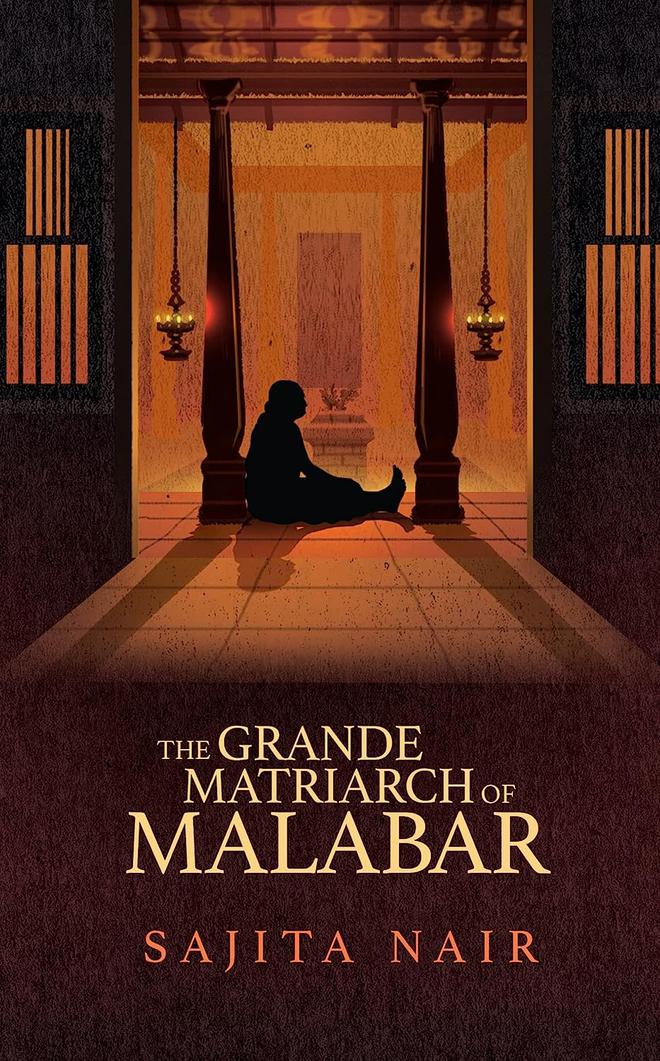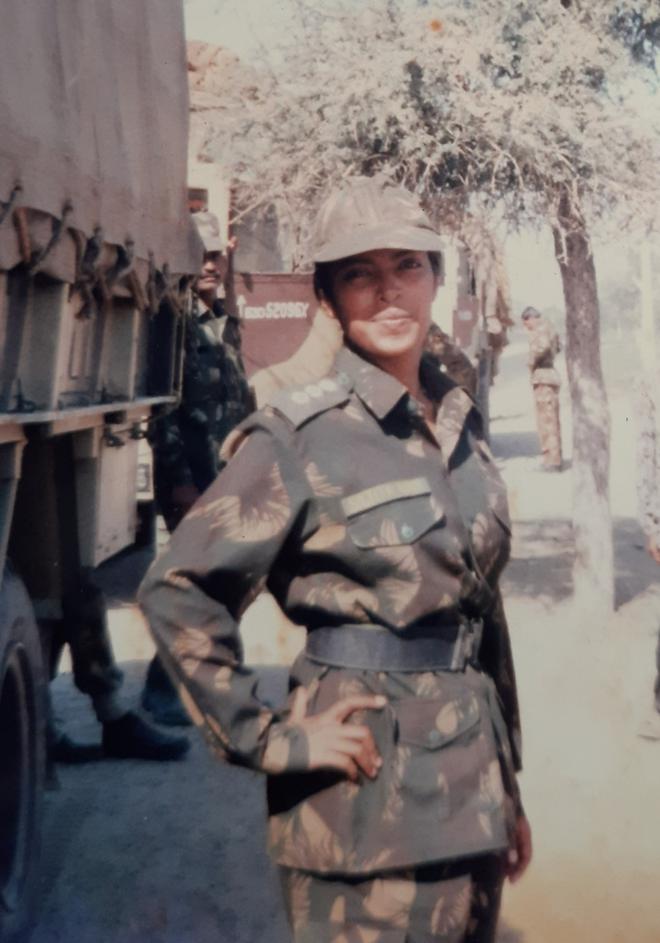Matriarchs and ancestral homes are never far away from creative spaces when writers from Kerala spin stories. This time it is army officer-turned-author Sajita Nair who has centred her latest novel, The Grande Matriarch of Malabar, on a matriarch and her complex relationship with her tharavadu (ancestral house).
Of ancestral homes
One of the first women to be inducted into the Indian Army, Sajita has moved away from cantonments and barracks to an old ancestral home in Kozhikode and its owner, a canny woman who will go to any length to protect her tharavadu.
While her first book, She’s a Jolly Good Fellow, was semi-autobiographical, detailing her life in the Army, the second, The Army Officer’s Wife and Other Stories, was a collection of short stories. Her third book was about an adopted daughter and her unconventional choices in life.
Speaking on phone from Indiranagar in Bengaluru, Sajita says she had always wanted to write a story about a tharavadu. She researched on the subject by reading about matrilineal families, matriarchy and joint families in Kerala.
“My parents, especially my father, used to tell me a lot of stories about their ancestral homes. I have derived inspiration from his stories to write this book. I wish my father had been alive to read this.”
Although Sajita grew up at several places in the country as her father was an Indian Air Force Officer, her roots are in Kozhikode. She did her graduation from Providence College in Kozhikode. “I am familiar with the landscape, food, culture and traditions of Kozhikode.”

The Grande Matriarch of Malabar is set during a period of cataclysmic changes in Kerala’s social set-up; a time when joint families began to disintegrate and people started shifting from an agrarian lifestyle to pursue higher education and professional careers.
Dakshayani Amma, the unlikely heroine of Sajita’s book, is forced to move with the times although she tries to cling to her beliefs from another era. Her decisions and motives are all influenced by her fierce desire to protect her 100-plus-year-old house even when her choices hurt her family’s interests.
When matrilineal families ruled the roost in Kerala, the daughters of the family did not move to their husband’s house as was the practice in many regions in India. Instead, they continued living with their siblings, mother, grandmother, aunts and uncles, with the husband becoming a visitor to his wife’s house. Rapid urbanisation and changes in the social, legal and economic set-up erased many of those conventions. Sajita’s book maps a period when Kerala was on the cusp of sweeping changes.
Weathering the storm
A renowned joint family in Kozhikode, Kalyedath, goes through several ups and downs when changing social mores, lifestyles and economic conditions collide with traditional conventions and feudal ways of life.
Young Dakshayani continues staying with her mother and uncles although her husband wishes to live with his family. As a result, Dakshayani’s children are dependent on her uncles. However, it is when she is blessed with a daughter that the matriarch ignores everyone else for her daughter. Her differently-abled daughter becomes the focus of her life. Her sons are forced to play second fiddle to her daughter. Things go topsy-turvy when Dakshayani’s daughter does not fall in with her plans.
Sajita’s novel follows Dakhayani’s life as she ages and becomes a mother-in-law and grandmother. While people all around her move on, it is only the elderly woman who refuses to live in the present. Does her precious tharavadu get a saviour in Rohini, her US-born granddaughter?
Initially, Sajita wanted the house to tell its story, but her editors felt it would be better to have a person tell the story.
“This was a novel that I rewrote several times. I took time to complete the story as I lived in the heads of many of the people who feature in the book.”

Having come from an Army background, Sajita says she often gets suggestions from her literary agents to write about life in the Indian Defence services. And who should know it better than Sajita, an Air Force officer’s daughter who got married to a naval officer, Sajan Abraham, and was an officer in the army? She says her next book is on the life of the submariners in the navy as not much has been written about them.
The Grande Matriarch of Malabar has been published by Readomania.







